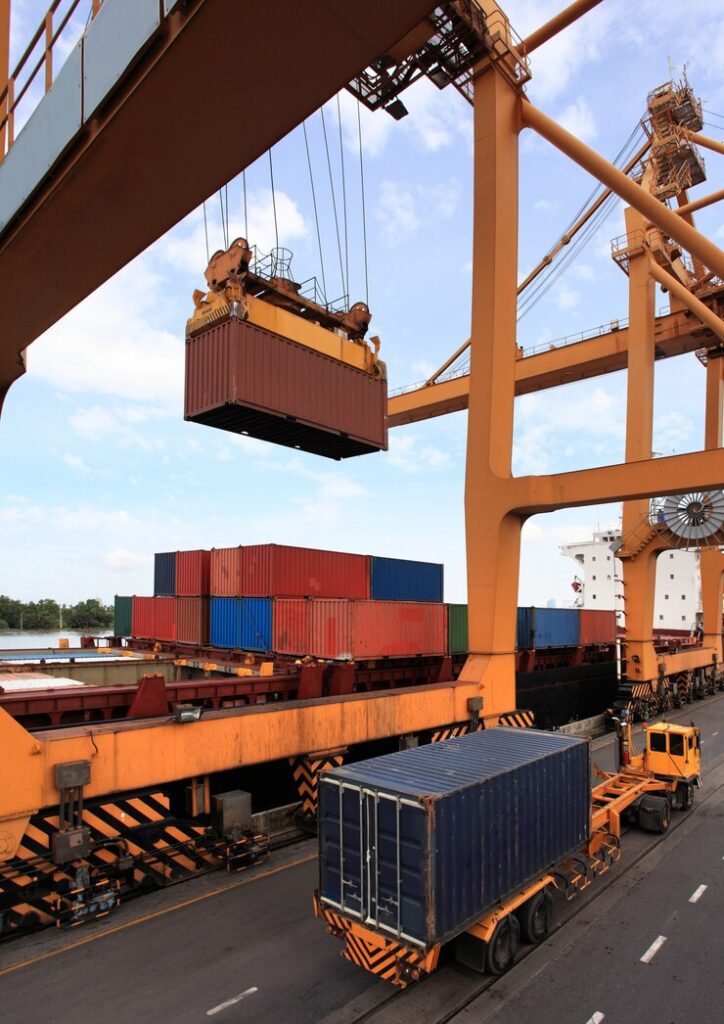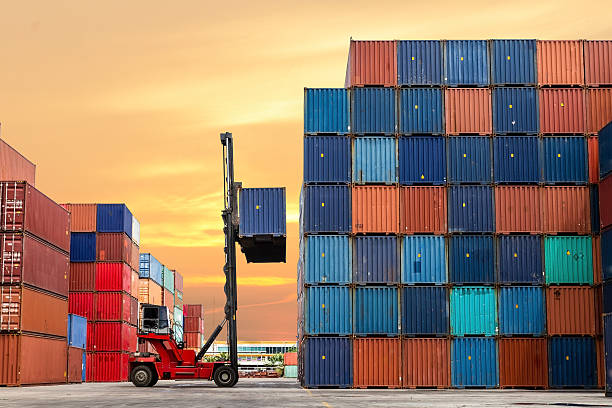Shipping container’s architectural design is the back of world trade and inspires countries’ wealth. They are most important in carrying transport across the globe. To keep the high standards of transport plans and to ensure it is safe and well organized, it is crucial to provide solid care and maintenance and improve its time. Containers require regular and visiting maintenance to avoid damage and destruction as they go through a harsh process of traveling and need care and wear fixing to ensure their elements. Spring season is a high time for maintenance purposes. Spring shipping container Maintenance is for protecting cargo and capping working costs. Maintenance also secures the stored items and equipment in effect.

Significance of spring shipping container maintenance
1. Prevents Rust
The body of the shipping container for dry storage is made of steel, which can easily get rusted, followed by rust and leakage. Regular monitoring for rust will reduce the acid effect due to storms and wets as container uses are in direct contact with water. Routine checks will sustain basic honesty.
2. Secure and safe cargo
Quick monitoring will prevent flow, dents, and faulty doors, walls, and roofs. It ensures the cargo is in solid condition and free of flow before transit. This will manage the financial losses.
3. compliance
The beneficial uses of shipping containers comply with international laws and modes followed by the moving system. No extra due and fines are therefore set up during its shipment. This also prevents shipment delays and manages time well.
4. Cost Ability
Regular maintenance will benefit cost ability by stopping early damages from being fixed in time. Well-maintained containers are fuel-run and manage in-use costs.

Vital maintenance tasks for spring shipping containers
1. Cleaning and washing
This step is crucial to avoid damage and deliver a work environment. The containers are depth washed from outer and inner surfaces and cut dust, dirt, and other extra. The soil is stopped, and the structure is replaced with secure old age.
2. Rust inspection
The container body is prone to rust; visit maintenance will prevent the structure from dropping. Vulnerable areas such as corners and welds should be closely repeated.
3. Rust treatment
If you detect rust, on time remove it with a wire brush or any hard pad, then clean the area with a rust motor, and apply a layer of safety paint cover.
4. Lubrication
Make sure to oil the locks and hinges fairly for smooth opening and closing. Proper lube prevents wear and tear and drops the chances of the door, which can increase the cost.
5. Protection from weather damage
Evaluating the damage and protecting the container seal through air and water security. This will prevent the water from entering the container during rainy seasons.
6. Inspecting floors
Properly and often monitor the container floors made of wood and bamboo for signs of decay and damage. Deliver a repeated backup to keep them intact.
7. Structural integrity
Check containers’ structural elements, including corner and side rails, for signs of deformation and damage. To achieve maximum honor, repair and replace them to maintain organized unity and temporary construction space containers.
8. Ventilation and temperature control
An appropriate temperature control is critical to maintain the service of the containers.
To maintain airflow across the walls and to save and protect the stored items from going bad, one must ensure proper air.
9. records
The recording process is crucial for future maintenance planning and the importance of containerization in the shipping industry.

Optimizing Tips for Containers Durability and Efficiency
-
- Regular checks are time and good. Implementing routine tests, not just spring maintenance is crucial.
-
- High-quality paints and coats extend the container life span and play a significant role in rust and corrosion control.
-
- Security measures such as divider seals and tracking devices protect containers and cargo from theft and banned access.
-
- Rotate the use of the container to avoid significant damage and enhance its life span. This also reduces the need for repeated repair.
-
- Training the staff is necessary for carrying on and cleaning the container with proper measures and to prevent upset that is why reasons for using shipping containers.
Conclusion
In conclusion, repeated and continuous management and maintenance are crucial for encouraging dimensions of standard shipping container longevity and enhancing its operational use. Frequent maintenance will regulate fixing damages and destructions before significant disruptions. Comprehensive care preserves the container’s structural integrity and improves time and cost management. Regularly inspect the doors, hinges, and corners to address rust and corrosion concerns in the steel body of the container. Monitor roofs and floors diligently before and after transit. Spring is a high time for maintenance and repairing the structures and operational issues. Spring maintenance is beneficial in maintaining the best quality structure of advantages of shipping containers for businesses preserved throughout the year.


